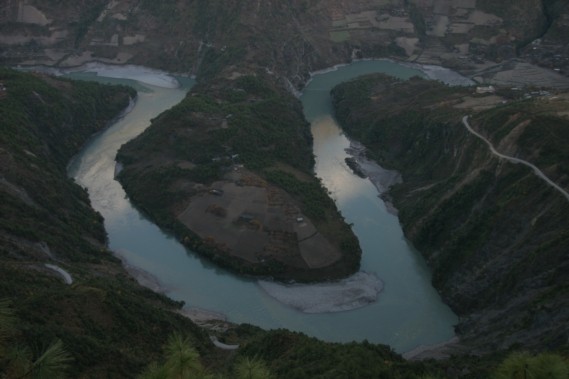China's water transfer project, which aims to move water from low-lying south to high-lying north, has passed the targeted water quality rating, a Chinese official said.
Gao Juncai, the Department of Rural Economy head under the National Development and Reform Commission, said that pollution spotted at the central line has been treated and did not interfere with the situation.
For the east line of the project, which runs from the eastern side of the country up to the north, the quality of water has been improved, said Gao.
"Currently, water quality in both central and eastern lines have reached designed overall water quality targets," said Gao, who is also the top economic planner in China.
Although water treatment has been progressing, minor complications in several regions, waterways and pollution sites showed up. According to Gao, additional measures that will target pollution will be taken. However, Gao did not specify any of these measures.
The South-to-North Water Diversion project has been ongoing for decades. The idea of moving fresh water from the Yangtze River in southern China came from Mao Zedong, the founder of the People's Republic of China, who said in 1952 that it would be beneficial if China borrowed water from the south and moved it to the north.
Consisting of three lines, the project has been initially tagged at $62 billion up to completion. But as of 2014, the Chinese government has spent over $72 billion, making it the world's costliest engineering project.



























